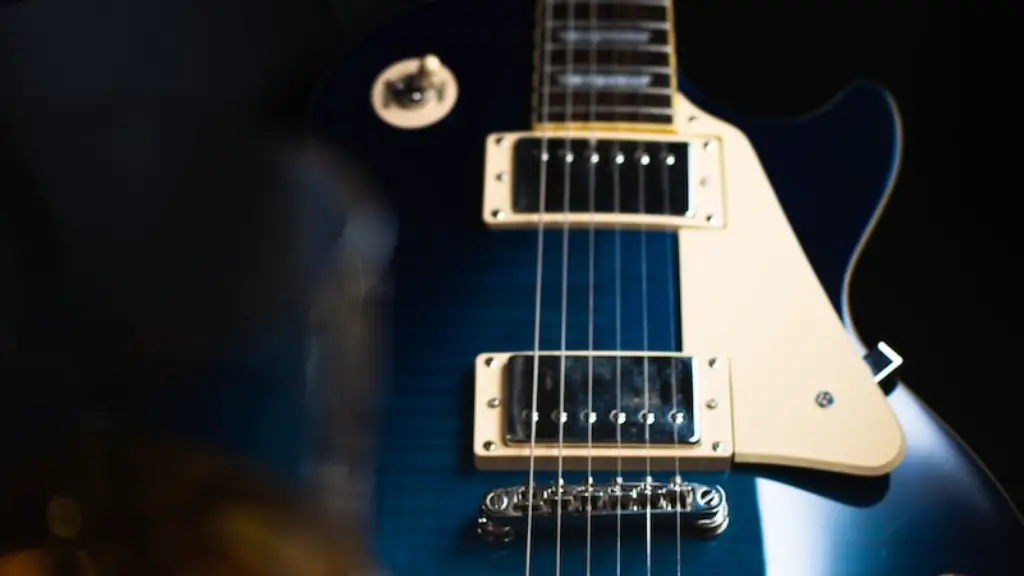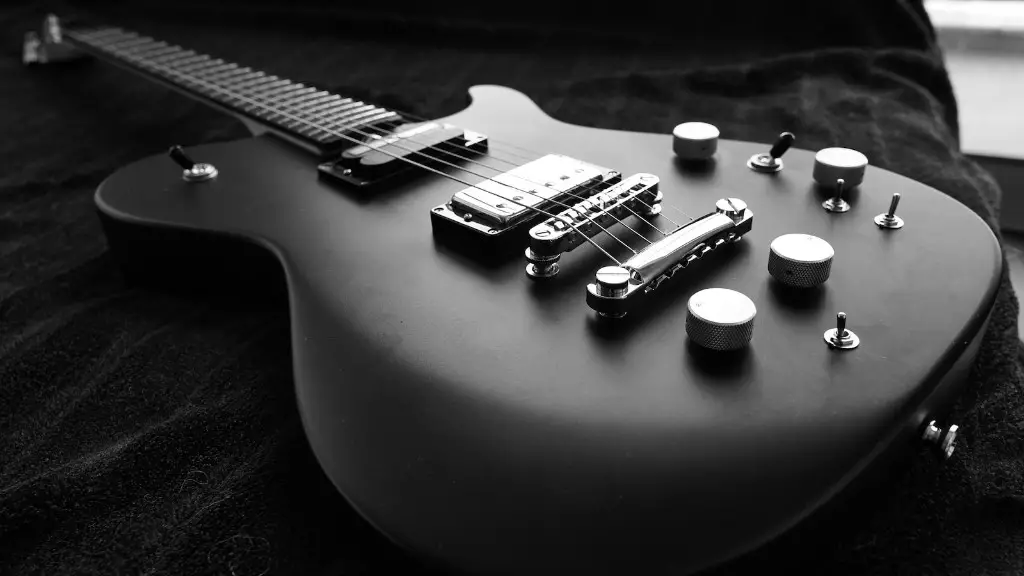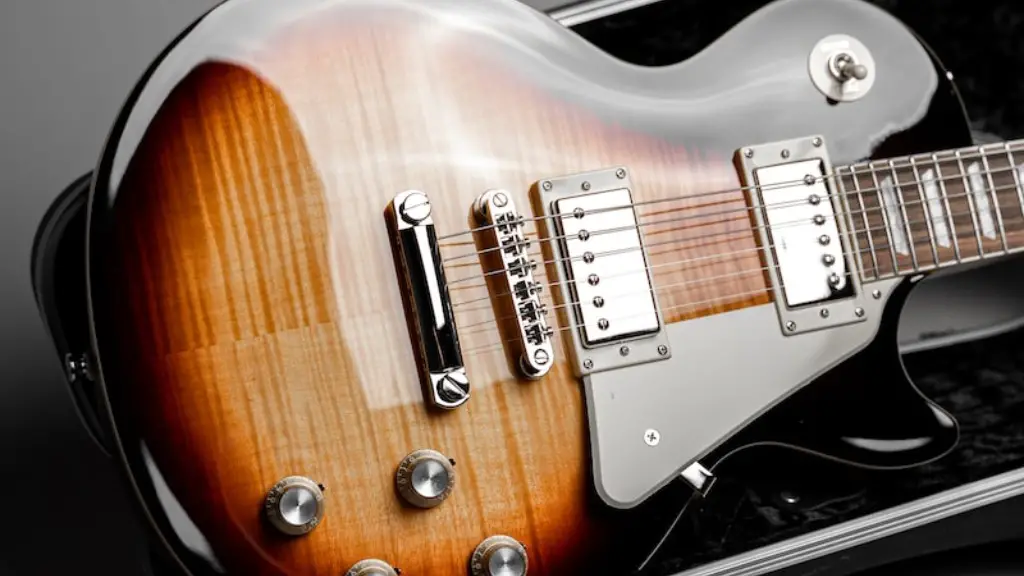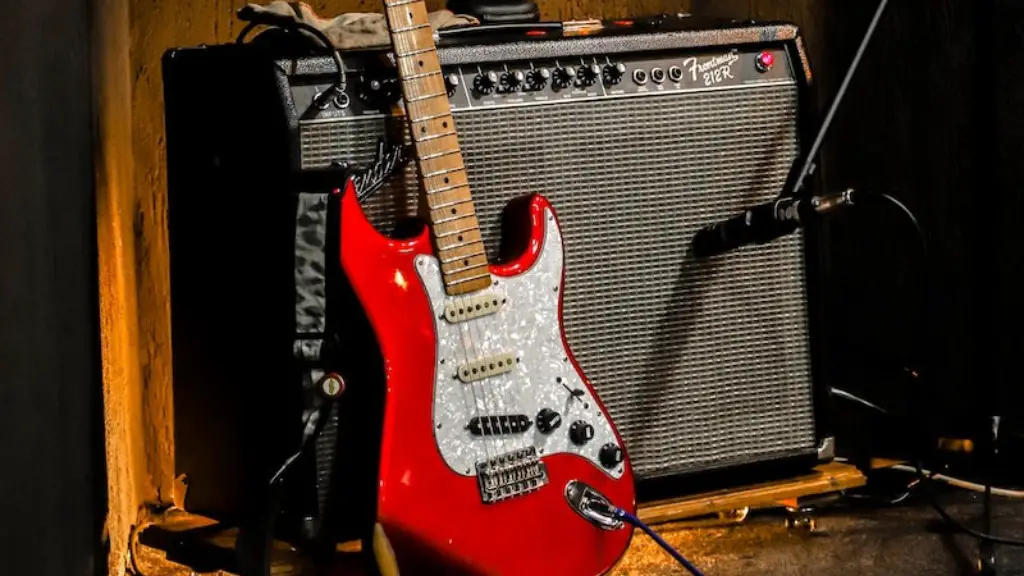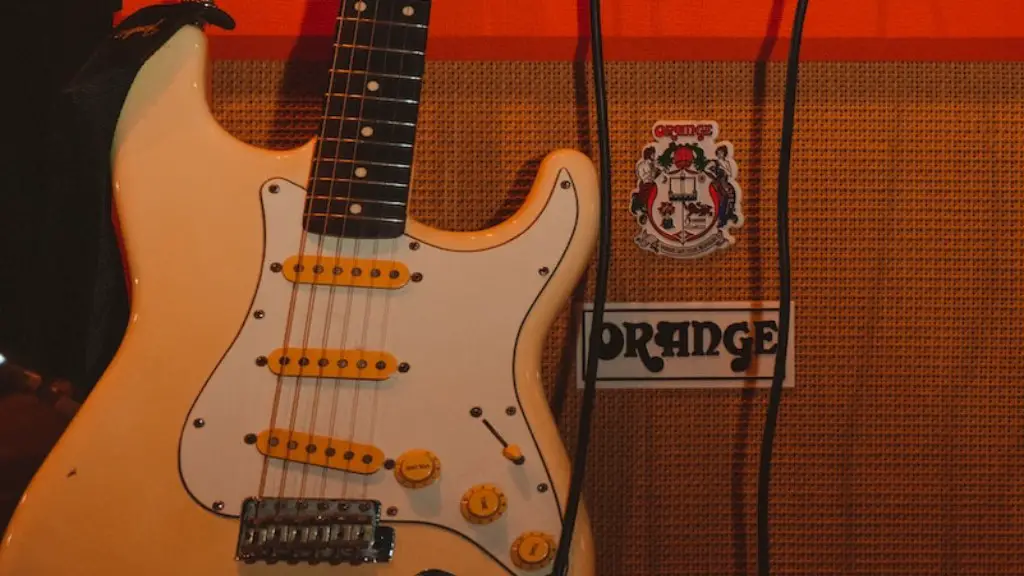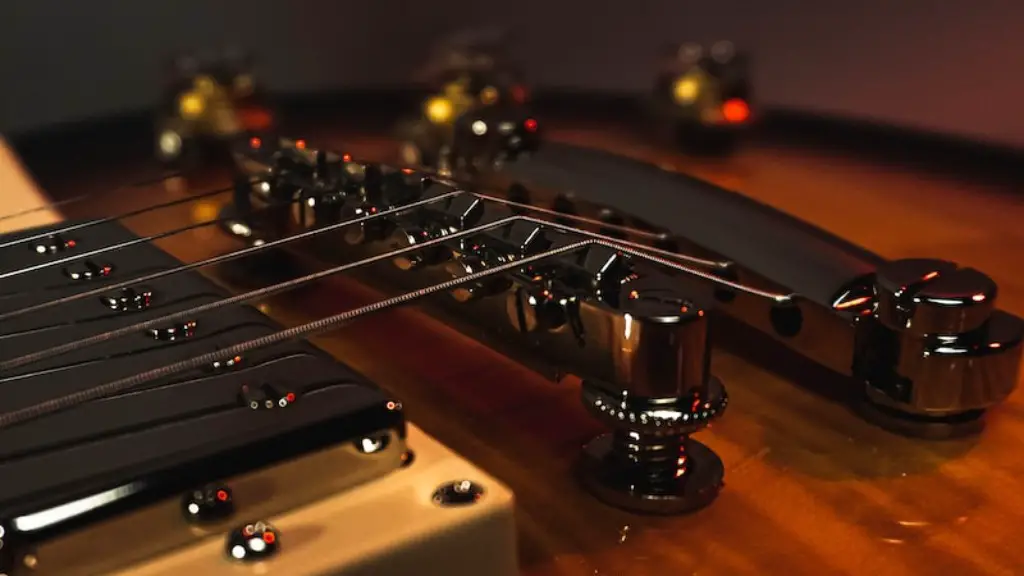String size is an important factor when it comes to electric guitars. The size of your guitar strings affects the sound and playability of your instrument. Finding the right size strings for your electric guitar can make all the difference in terms of sound quality, intonation, and ease of playing.
The most common size strings for electric guitars are either light or medium gauge. Light gauge strings provide a brighter tone and easier playing, while medium gauge strings provide a fuller sound but require more strength from the player’s hands.
Before choosing the right string size for your electric guitar, it’s important to consider your playing style, skill level, and tonal preferences. Experimenting with different sizes can help you find the best-suited string size for your playing needs.
Factors to Consider When Choosing Strings
Choosing the right strings for your electric guitar is an important decision that can affect your sound, intonation, and playability. The size of the string is one of the most important factors to consider when selecting strings. Generally speaking, lighter gauge strings are easier to play but don’t produce as much volume or sustain. Heavier gauge strings are harder to press down but produce louder tones with more sustain. If you’re looking for a balanced tone with extra power and clarity, medium gauge strings are a good option.
The type of string material also affects sound and playability. Steel-wound strings produce bright tones with excellent clarity and attack. Nickel-wound strings provide a warmer tone but lack the brightness of steel-wound strings. Flatwound strings have a smooth surface which reduces finger noise and gives them a mellow sound.
Finally, you should also consider your playing style when choosing strings for an electric guitar. If you’re playing genres like metal or jazz that require fast action on the fretboard, opt for lighter gauge strings. For slower genres like blues or country, heavier gauge strings may be more appropriate.
In summary, there are several factors to consider when choosing the right string size for your electric guitar – gauge, material type and playing style. With so many options available it can be difficult to make an informed decision. Researching
Different Types of Electric Guitar Strings
Electric guitar strings come in a variety of sizes, materials, and gauges, so it can be difficult to choose the right one for your guitar. The most common sizes are 9, 10, 11 and 12. For beginners, a 9-42 gauge is usually a good starting point as it offers a balance between playability and tone. Heavier strings offer more volume and sustain but are harder to play. Lighter strings are easier to play but lack the sound of heavier strings. For players looking for brighter tones, nickel-plated steel strings are a great option as they provide bright tones with plenty of attack. If you’re looking for a more vintage sound, try pure nickel or phosphor bronze strings. These offer warm tones with great sustain and feel. Lastly, coated strings are becoming increasingly popular for their ability to retain their tone and feel over time. No matter what type of electric guitar strings you choose, make sure they fit your instrument properly and that you enjoy playing them!
Pros and Cons of Different String Sizes
Guitar strings come in a variety of sizes, each with its own pros and cons. Heavier gauge strings will produce a fuller sound but require more effort to fret notes. Lighter strings are easier to play but may be prone to breakage. Choosing the right string size for your electric guitar can help you get the sound and playability you desire.
The most popular string size for electric guitars is .009-.042 or .010-.046. This set strikes a good balance between tone and ease of playability. It’s suitable for most genres of music, from country to rock and metal. The heavier gauges (.011 – .050) are better for rock, blues, and metal styles as they offer more sustain and clarity.
For those who prefer maximum comfort, lighter gauge strings (.008 – .038) are the way to go. They allow for easy bending and quick action on the fretboard. However, they don’t produce as much volume or sustain as a heavier gauge set, which can be an issue in certain genres such as rock or metal.
Ultimately, it’s up to you to decide what type of sound you want from your electric guitar, as well as how much playability you need. A trial-and-error approach is often the best way to find the right string size that fits your needs. Experimenting with different gauges is an essential part
The Effects of Different String Gauges on Sound and Playability
Guitar strings come in a variety of sizes, or gauges, ranging from extra-light to extra-heavy. The size of the string or gauge affects the sound and playability of an electric guitar. A heavier string will produce a louder sound and more sustain, but will also be harder to fret and bend. Conversely, lighter strings can be easier to fret and bend, but produce less volume and sustain. Additionally, different string gauges can affect intonation on the guitar’s neck. Experimenting with different gauge strings can help players find the combination that produces the desired sound for their instrument.
How to Choose the Right Size Strings for Your Electric Guitar
Choosing the right strings for your electric guitar can be a daunting task, but it doesn’t have to be. There are a few factors that you need to consider when selecting the size of strings that will sound best on your instrument. The gauge of the string is important, as it affects the tension and sound of your guitar. You should also consider the type of music you play and the style of playing you prefer. Finally, make sure the strings fit your guitar’s bridge and nut properly.
When it comes to string gauge, lighter gauge strings are easier to play but produce less volume than heavier gauge strings. If you prefer a brighter, snappier tone then lighter gauge strings are ideal for you. If you like a thicker, fuller sound then heavier gauge strings will be better suited for your style of playing. Generally speaking, electric guitars tend to use medium or light sets.
It is always best to experiment with different gauges until you find one that suits your playing preference. If possible try out several different sets before making a purchase. With so many options available there is sure to be one that sounds great on your electric guitar!
Changing the Strings on an Electric Guitar
Swapping out the strings on your electric guitar is a great way to keep it sounding its best. While it may seem intimidating, changing strings is actually quite simple. First, you’ll need to know the size of your strings. You can typically find this information in the owner’s manual or by looking at the back of the guitar headstock.
Once you know what size strings you need, it’s time to start removing old strings. Use a pair of wire cutters to snip off the ball end of each string where it meets the bridge. Then, simply turn the tuning peg counterclockwise until each string is free from its peg. Be sure to take note of which tuning pegs each string was attached to.
Next, you can begin replacing your strings one at a time. Start with the thickest string and work your way down in order of thickness. Thread each string through its respective tuning peg and wrap it up as many times as necessary to secure it in place. Finally, tune up your guitar and start playing!
Changing electric guitar strings doesn’t have to be a daunting task; with practice and patience, you’ll be swapping out strings like a pro!
The Bottom Line
In conclusion, the size of strings you should use for your electric guitar depends on the type of sound you want to achieve and your individual playing style. From light to heavy, there are many options available that can bring your guitar to life. Experimenting with different string sizes is a great way to find out what works best for you. Ultimately, the right choice is up to you.
Remember that changing strings is also an opportunity to do some maintenance work on your electric guitar. This can include cleaning, inspecting for any damage, and checking the intonation. Taking the time to do this will ensure that your electric guitar will sound its best and be ready for any performance.
